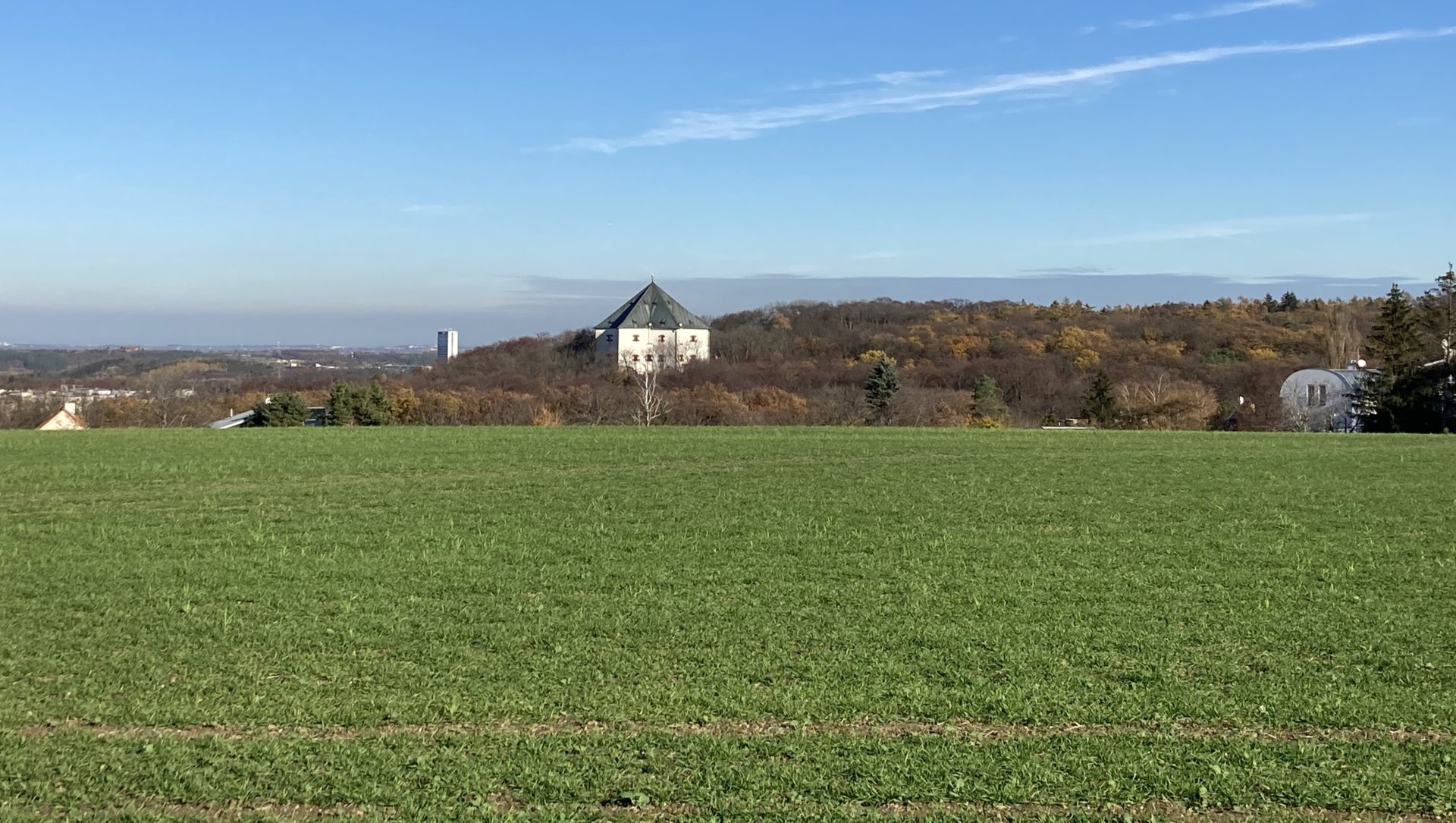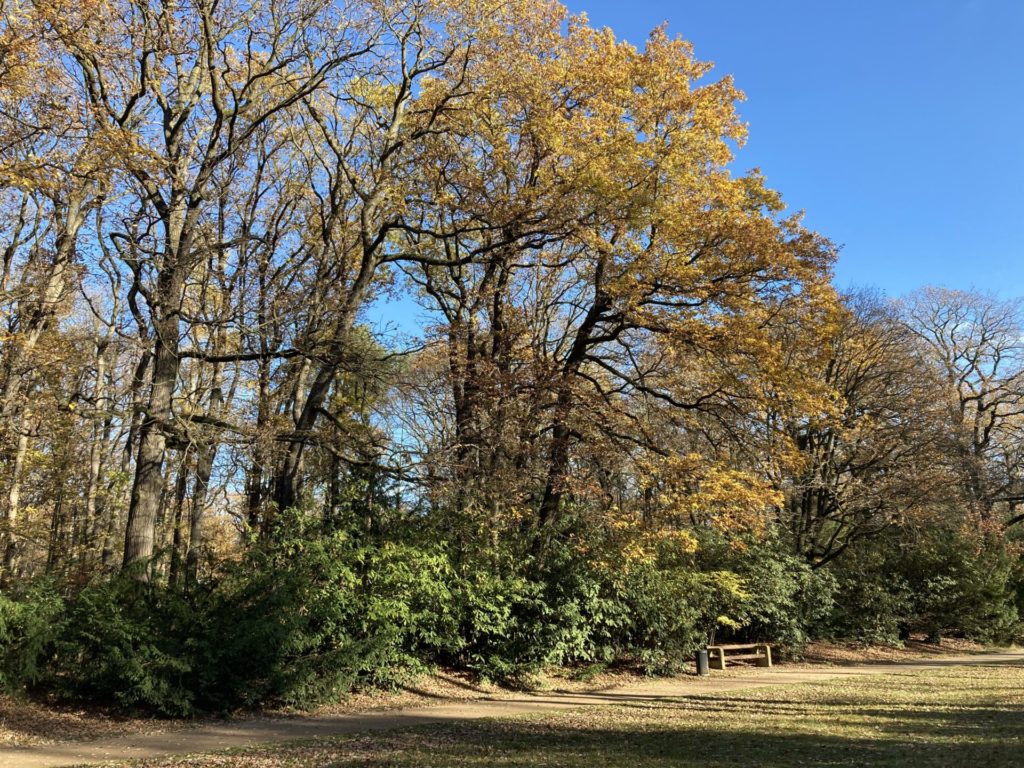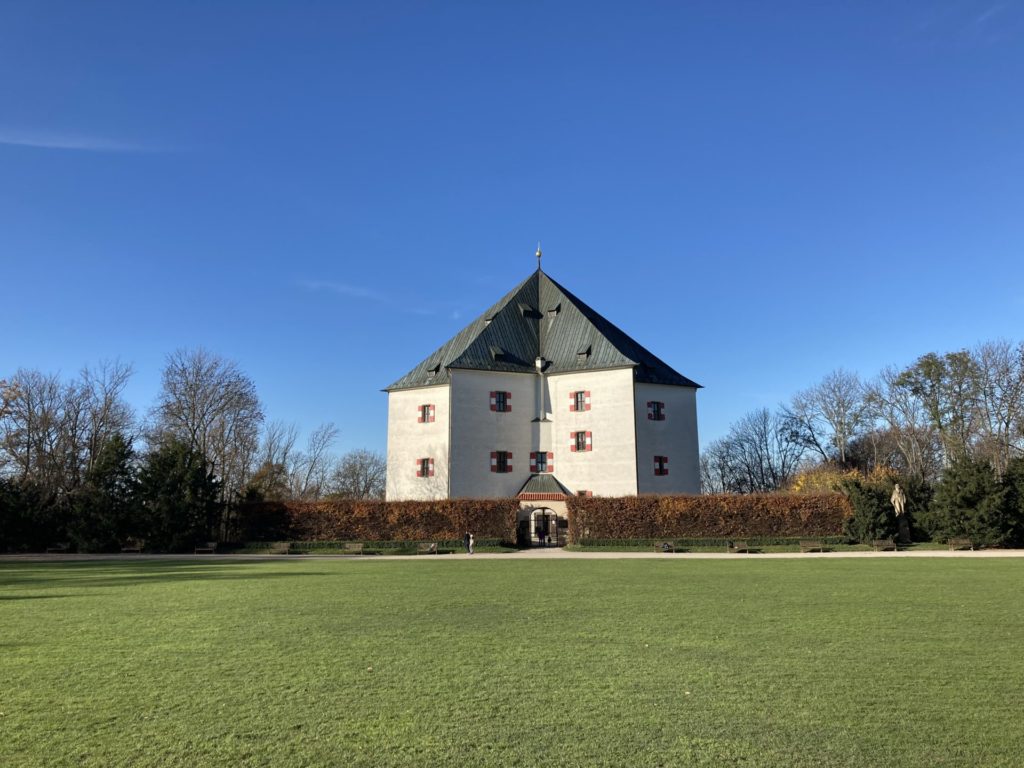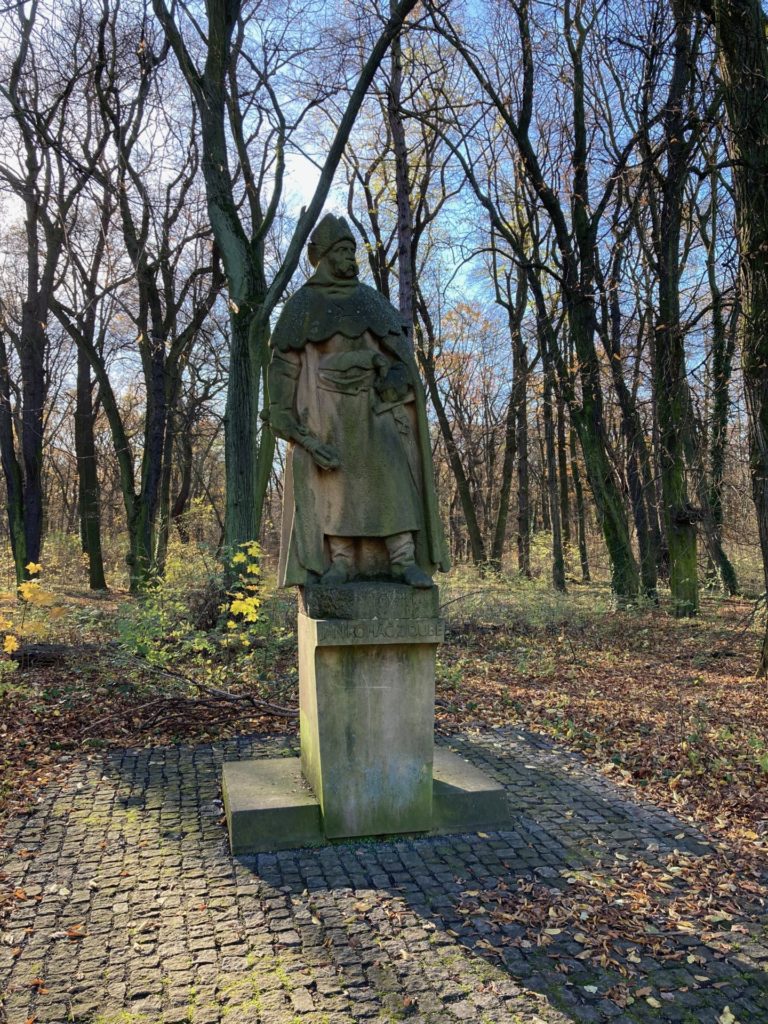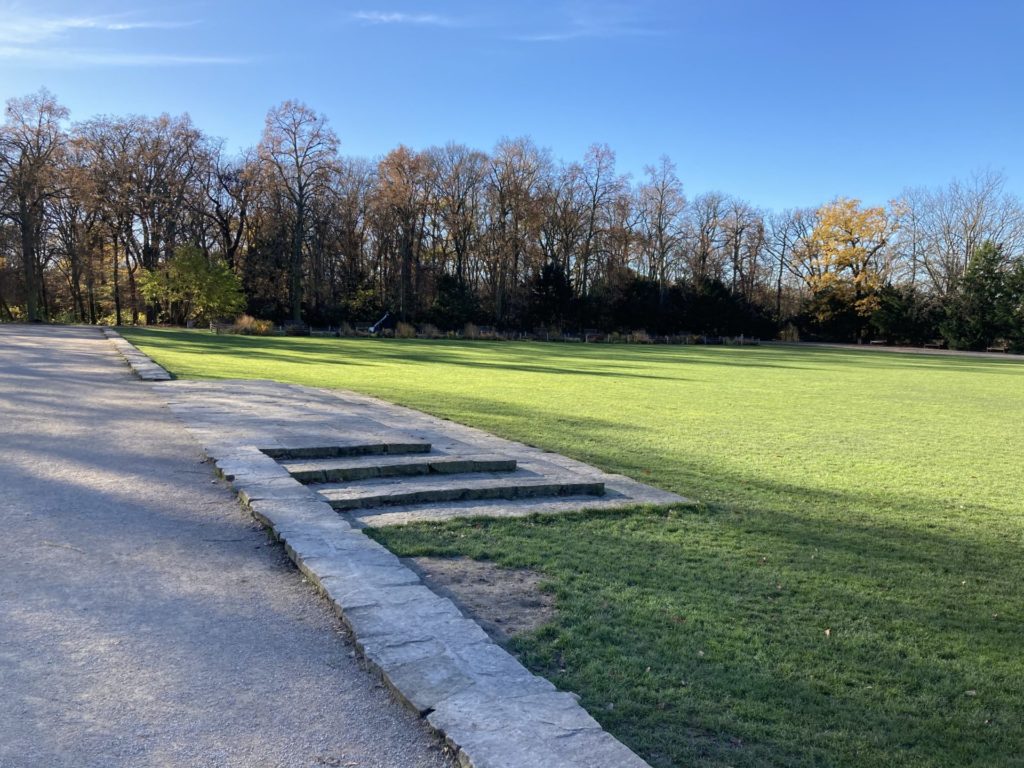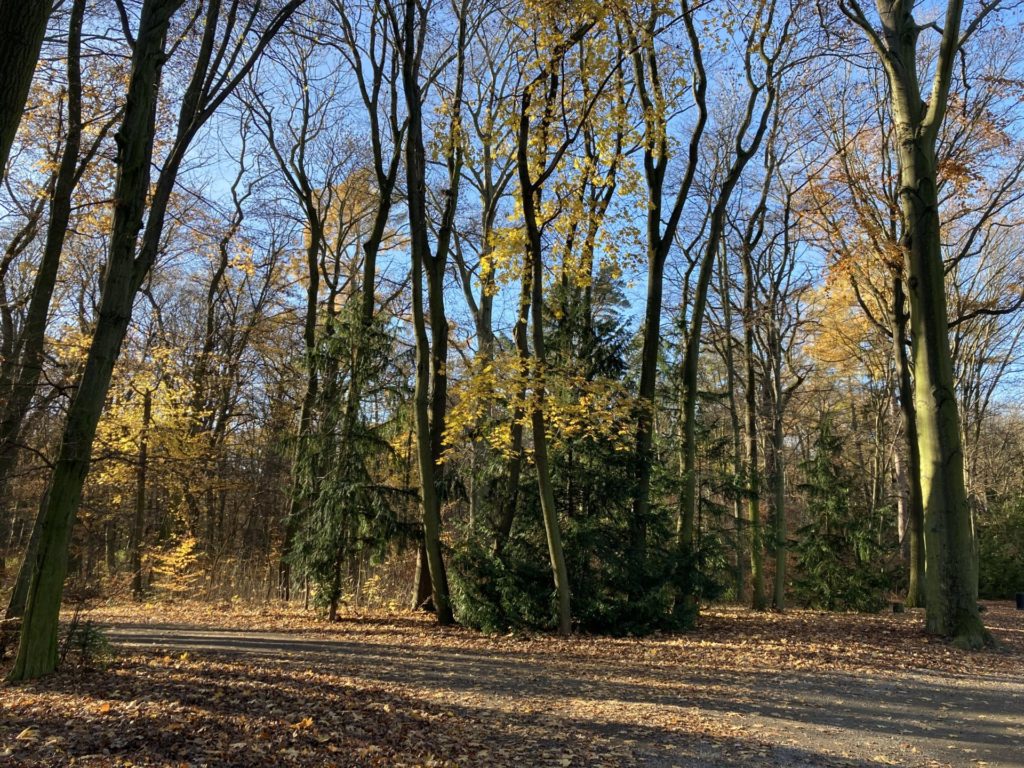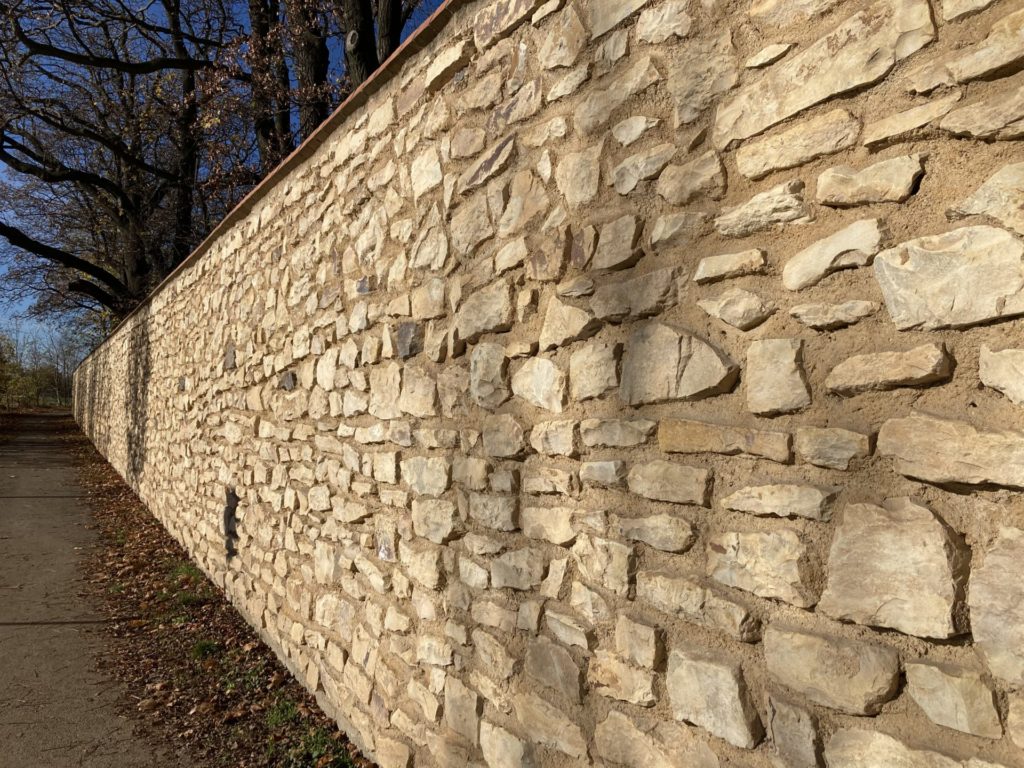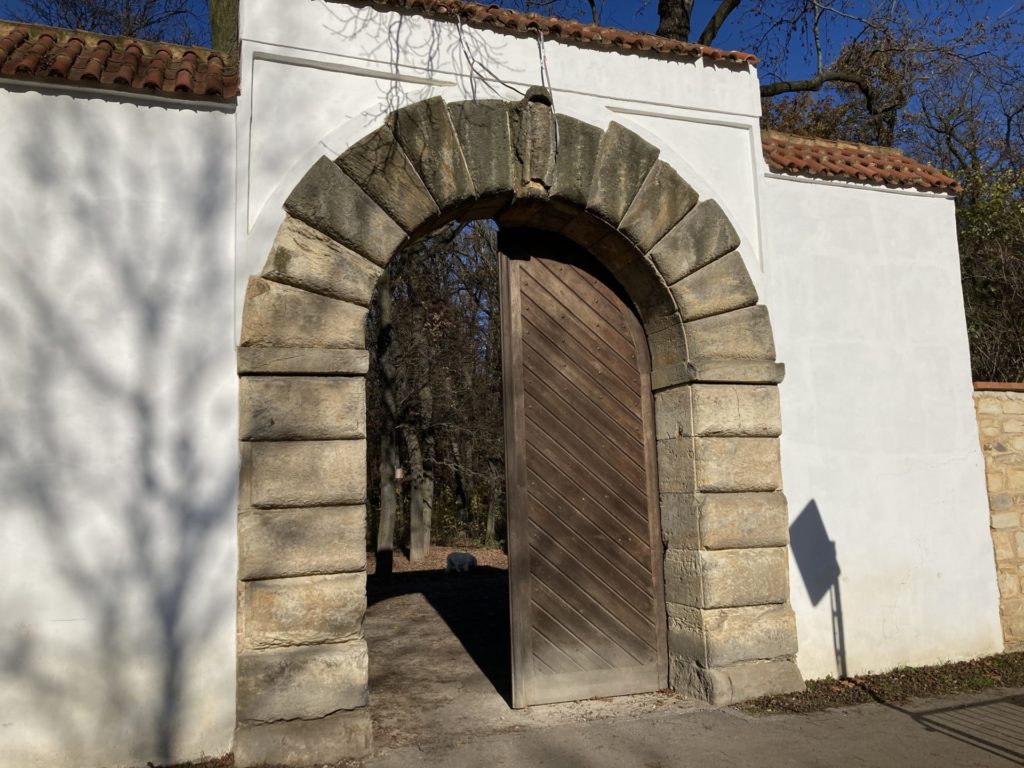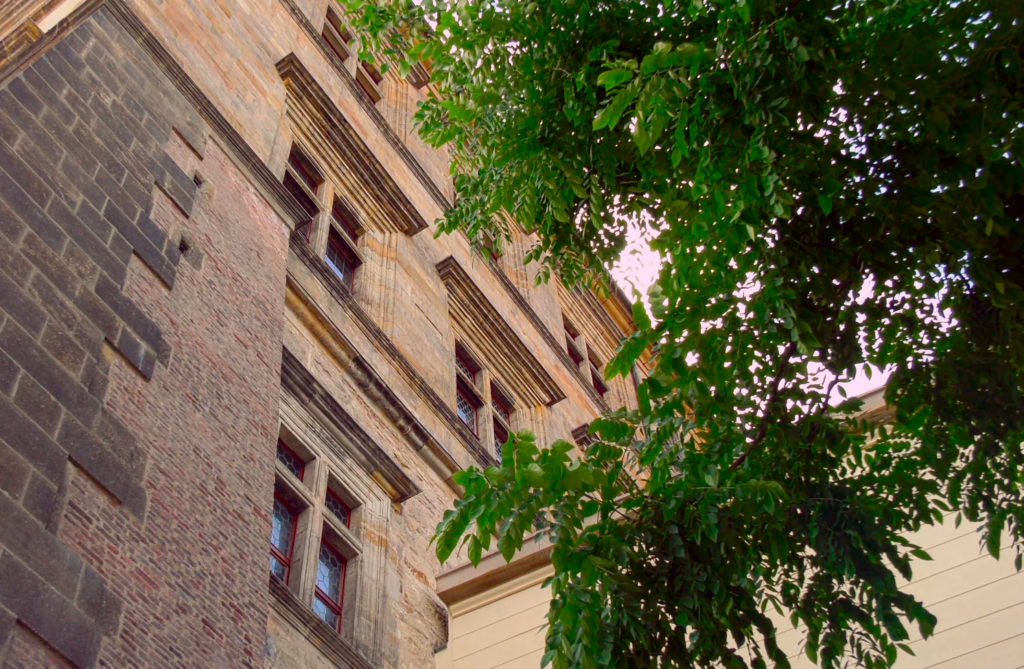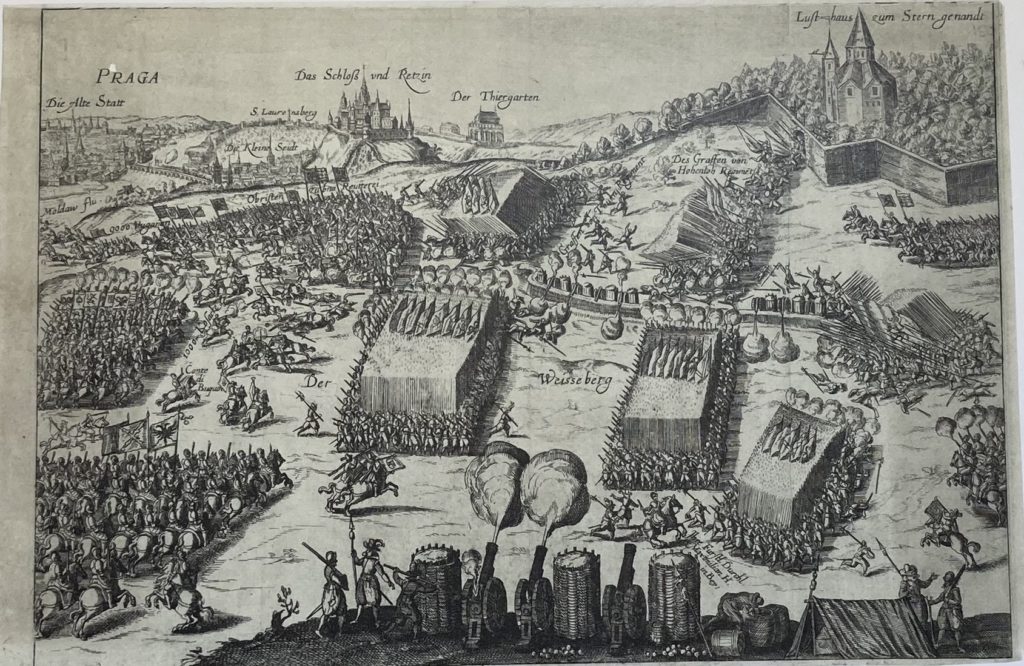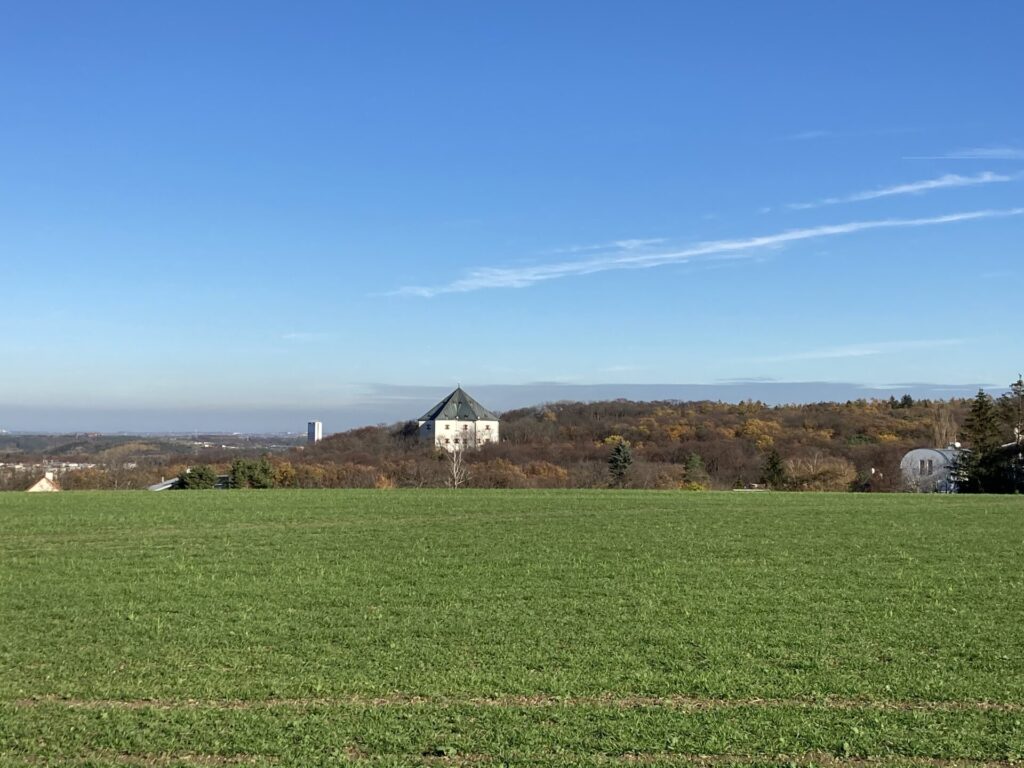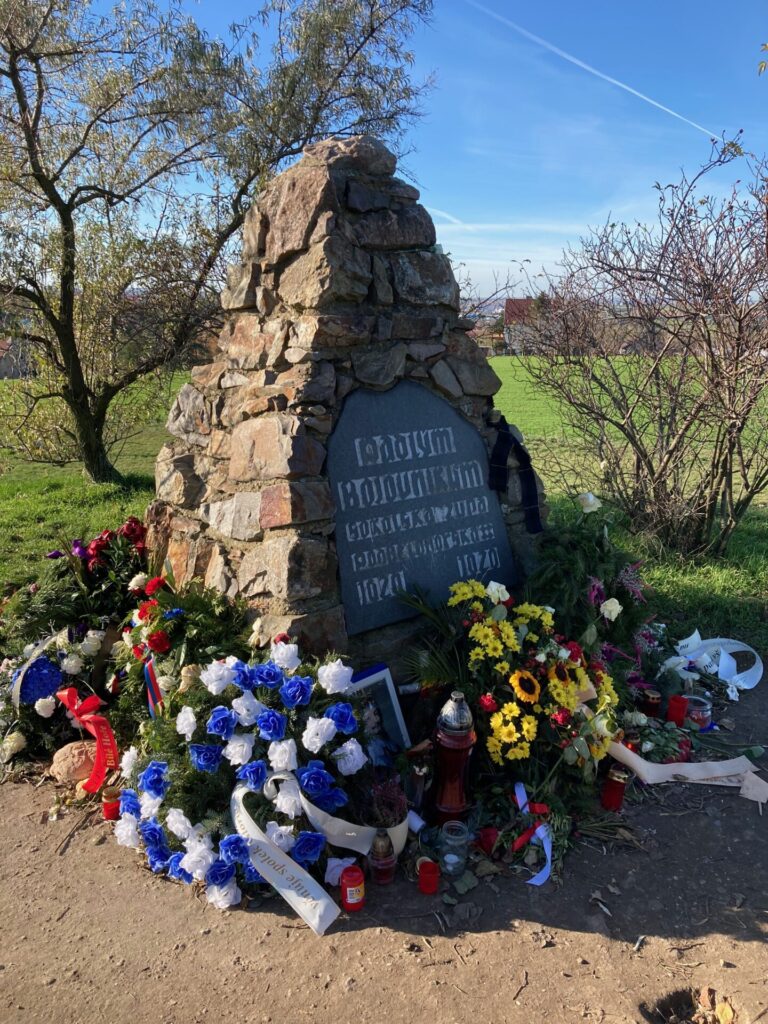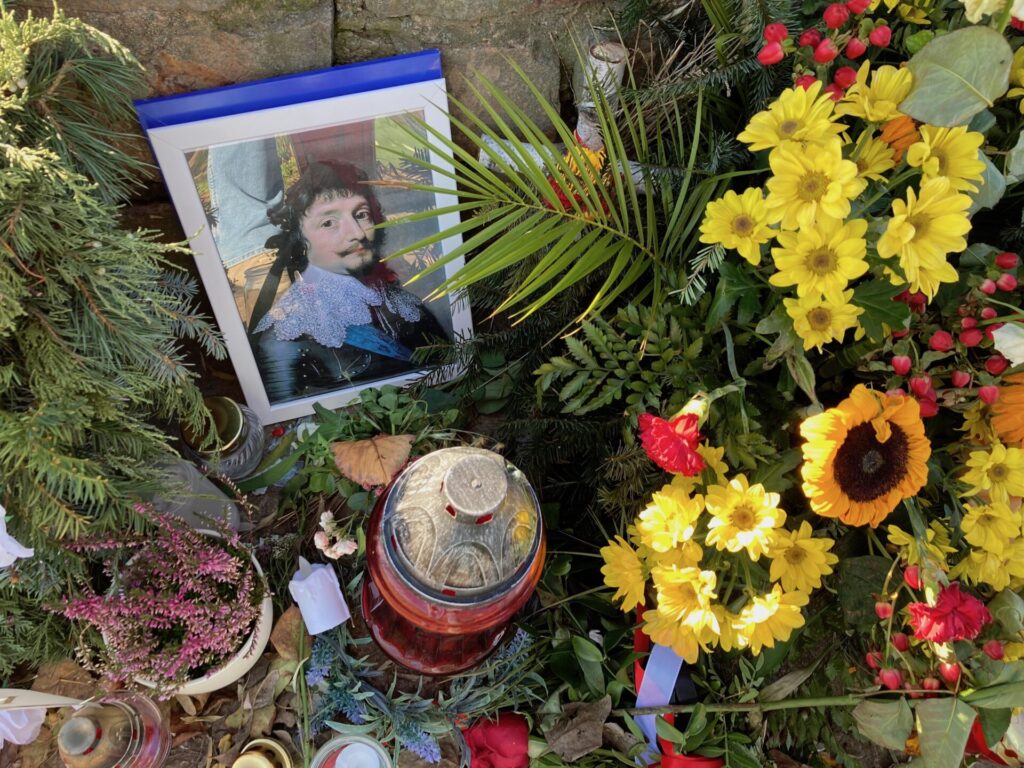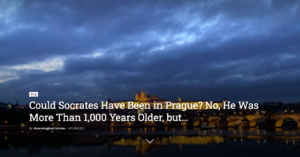Just a few tram stops from Prague Castle is the Bílá hora (White Mountain) stop. It is the site of a battle that lasted only two hours, but fundamentally influenced life in the country for the next 300 years. So much so that Czech history distinguishes between the pre-White Mountain and post-White Mountain periods. That is, before and after November 8, 1620.
Overcoming With Strength and Faith
Things were very heated in the Czech Kingdom at that time. The first cause was two competing strong currents of power. On the one hand, the monarch had the ideal thought of an absolutist government, and against him, the so-called Estates or the Czech Estate community. That is, groups of privileged citizens co-decided with the monarch about events in the country and thus limited his power.
Simply put, the Estates were the equivalent of a parliament in a democracy. However, not with representatives elected by citizens in elections – the members of this “parliament” were mainly nobles, but also knights and representatives of cities. In other words, people who wanted to participate in the administration of the country. Sometimes, they had altruistic reasons for this, and they often also had political, economic, or military reasons, which would increase their own power.
From about the 10th century, the estates and the monarch co-decided on legal norms or resolved legal disputes. Although the monarch was elected by these estates, in practical politics, he did not necessarily feel obligated to them. This can, of course, be the basis for this conflict.
From the 13th century, the nobility’s importance grew, becoming the monarch’s partner. Two examples of the powers of the estates are their need to agree to new taxes announced by the monarch and approve military campaigns outside the country’s borders.
The second problem in the pre-White Mountain period was that the Czech Kingdom was then a kingdom of dual faith, with Protestant including the Estates and the majority of the population, a Catholic king, and a Catholic minority competing for the form of religious life in the country and thus for religious freedom.
The Promise of Religious Freedom
The Protestants achieved that Emperor Rudolf II (1552 – 1612) issued the Rudolf Majesty in 1609, which confirmed freedom of religion, meaning that no one may be forced to convert to Catholicism or any other religion.
“No person should be deterred from his religion, and no one should be compelled to the religion of anther by force or any contrived means.”
Of course, it was not free, but as a reward for the Czech Estates supporting the emperor in his dispute with his brother Matthias and de facto keeping him on the Czech throne. (Matthias, on the other hand, retained control of Moravia, Hungary, and Upper and Lower Austria.)
However, this did not mean reconciliation of the Catholic emperor with the Protestant Czech Estates. Despite further vicissitudes, including the occupation of Prague by the troops of Rudolf’s cousin and the plundering of Prague, Rudolf II was eventually forced to abdicate, and… his brother Matthias became the Czech king.
Although Matthias had pledged at his coronation to keep the Majesty in force, the younger generation of Catholic nobility became increasingly intolerant of Protestants, which also led to intolerance among Protestants. Both sides became radicalized.
As Matthias (like his brother Rudolf II) had no descendants and it was necessary to maintain continuity of power, Ferdinand II of Styria was elected the next Czech king during his lifetime (this happened in 1617; Matthias died in 1619). For his election, Ferdinand had to promise the Estates that he would continue to respect Rudolf’s Majesty.
It can be assumed that he made this promise very reluctantly because he had been raised in a very strong Catholic faith, including the belief that the monarch was responsible for the spiritual salvation of his subjects and it was his duty to protect them from diversion from the Catholic faith, which he considered the only correct one. And because he was also an absolutist ruler by nature, who denied the power rights of the nobility, a fundamental conflict soon arose.
Escalation of Disputes, Guardian Angels, and a Pile of Dung
The reason for this was precisely the violation of the Letter of Majesty. One of the acts of resistance was the Prague Defenestration on May 23, 1618, when two royal governors and a scribe were thrown out of the windows of the Old Royal Palace of Prague Castle. Although the windows of the palace were almost twenty meters above the ground, miraculously nothing serious happened to the victims.
(It is certainly interesting that the terrified governors were then helped by Polyxena of Lobkowicz, known for donating a statue of the Infant Jesus of Prague to the monastery of the Discalced Carmelites at the Church of Our Lady of Victory.)
However, the interpretation of this miracle was different. Catholics claimed that angels had flown in and carried the people thrown out of the window safely down on their wings. Evangelicals pragmatically pointed out that the men thrown out of the window were unharmed because they landed on a pile of manure under the windows.
The day after the defenestration, the so-called Directory, a thirty-member executive body of the Bohemian Estates, was restored. (In the past, the Directory had forced Rudolf II to declare the Letter of Majesty.)
In July 1619, the Directory organized a General Assembly, which approved a new constitution for the Czech state, conceived as a confederation of equal lands (Bohemia, Moravia, Silesia, Upper and Lower Lusatia). The monarch’s power was to be limited, and he was to remain elected, thus preventing the emergence of a ruling dynasty. A month later, the Estates declared that Ferdinand II. was deposed and elected Frederick of the Palatinate as king, nicknamed the “Winter King” due to the short period of his reign.
Granddaughter of the Executed Queen of Scots
In this part of the story, Czech history is interestingly intertwined with English and Scottish history. Frederick’s wife was Elizabeth Stuart, daughter of James I, the first joint monarch of England, Scotland, and Ireland. His predecessor on the Scottish throne was his mother, Mary Stuart; on the English throne, Elizabeth I. (James named his daughter after her because he wished to be Elizabeth’s successor.) The conflict between these two women ended with the execution of Mary Stuart in 1587. The story of two women who were strongly connected, although never having met, became one of the pivotal stories of world history.
Both sides expected a military conflict to occur in the near future and sought support throughout Europe. This meant that it ceased to be a local conflict in the lands of the Bohemian Crown. This was also one of the reasons for the election of Frederick V of the Palatinate – an alliance with England was very desirable for the Estates.
Definitive Defeat, 27 Executed and Only One Faith
We already know the result – fundamental differences of opinion on the power structure of the state and the irreconcilability between Protestants and Catholics resulted in a military confrontation on November 8, 1620, at the White Mountain. Almost 50,000 mercenaries took part in the battle; the number of fallen soldiers is unknown, estimated at 2 to 5 thousand men. However, some estimates even speak of 9 thousand fallen soldiers. Most of the infantry and cavalry died at the Star Summer Palace, the victors allegedly captured 5,000 horses. All this happened in two hours, yet this battle greatly influenced Czech history for three centuries.
The defeat of the Estates at White Mountain allowed Ferdinand II to break their power definitively. The newly issued laws strengthened the importance of the central Viennese authorities. The legislative power of the assembly was weakened. Including the fact that the assembly could continue to approve taxes declared by the monarch, but this power could not be combined with pressure on the monarch – simply by prohibiting the combination of approval of taxes with pressure on the king. The most important change, however, was that the assembly was no longer allowed to elect the monarch.
On June 21, 1621, twenty-seven participants in the Estates Uprising were given exemplary punishment – they were publicly executed on the Old Town Square. In 1622, the participants in the Estates Uprising were granted a General Pardon, which pardoned them if they admitted their participation in the uprising. It guaranteed their personal freedoms but did not protect their property, which was confiscated. The property was confiscated from more than 600 families. A quarter of them lost all their property; the rest lost some of it. The confiscated property was sold to loyal families.
27 Executed, 28 Crosses, and One Pardon a Second Before Death
Meditation Garden, 27 Executed, and State Bankruptcy in 1623
About an Extremely Friendly Cafe in a House That Has Seen and Heard a Lot
Ferdinand also abolished the Letter of Majesty. And even physically – he ordered it to be cut up, and its seal burned. In July 1627, the Estates were ordered to make a decision – either convert to the Catholic faith or leave the country. Emigration was not allowed for subjects. The Catholic faith was legislated as the only permitted one.
The Habsburgs ruled the Czech Kingdom for a full 300 years, with the exception of a few months. Their reign ended in 1918 with the dissolution of the Austro-Hungarian Empire and the creation of Czechoslovakia. This time is often described with the rather simplistic slogan: “300 years we suffered.”
It all began with a two-hour battle at a place that is today a 12-minute tram ride from Prague Castle.













